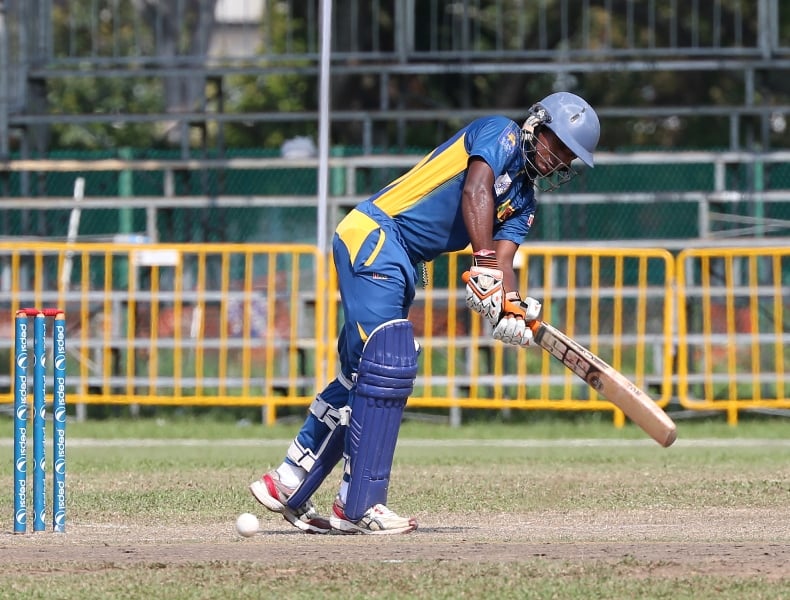Cricket movement: Batting

Image credit: Philip Au/SportSG
For some, batting is arguably the most exciting and important aspect of cricket. Apart from the impressive sight and sound of the ball flying off the bat after a great stroke, it’s one of the keys towards victory as good batting increases the number of runs scored efficiently and prevents the loss of a team’s wicket effectively.
During a cricket match, there can only be two batsmen on the playing ground at any one time, with one batsman in front of the stumps at the striker’s end, and the other standing at the non-striker’s end where the bowler is. In general terms, each time a team bats through the batting order, this is known as their innings.
While there are a variety of different techniques that a batsman can employ during a game, the most orthodox ones are variations of the standard side-on stance. This stance sees the batsman being in a relaxed but balanced position, with feet typically around 40 centimetres apart. Both feet should also be parallel and on either sides of the batting crease, and the front shoulder should be pointing downwards to the wicket. The batsman should also have his head facing the bowler.
Once this stance has been accomplished, the batsman needs to pay attention to the bowler. He should start lifting the bat up, so that it is behind him, when the bowler is about to deliver the ball, so that the batsman will be able to move quickly once the ball is on its path towards him. This is known as the ‘backlift’.
Each batsman will choose different ways of hitting the ball, as there are dozens of different shots that can be employed, with varying results. For instance, there are vertical bat strokes (drive, glance, defensive shot), horizontal bat strokes (cut, sweep, square drive, pull and hook), as well as a variety of unorthodox strokes (reverse sweep, upper cut, helicopter shot, scoop, switch hit, slog sweep).
Just as crucially, a batsman needs to be disciplined and ‘leave’ or let a delivery go if he deems it as being bowled wide or away from the stumps. Indiscipline and a failure to judge wide balls can often lead to mistakes by batsmen who go chasing after them, which could lead to unnecessary dismissals.
In one-day international cricket matches, batsmen tend to attempt to score as quickly as possible, due to the fact that there is a limited number of overs to be played. This means that the batsman will try to score at least one run for every ball that is bowled.
Unlike one-day international cricket, Test cricket games have unlimited number of overs, and thus the strategy for batting is different as well. In Test cricket, the batsmen are not in a rush to score runs and the key here is to establish a good run-rate, stay on the cricket pitch as long as possible and tire out the bowlers. As such a lot of defensive blocks while batting are used, protecting their wicket to prevent being dismissed.
With that in mind, the starting batsman for one-day competitions compared to Test matches are chosen with different sets of criteria. For one-dayers, the first few batsman are usually the biggest and strongest hitters as they are able to score more runs. However, in Test cricket, the first few batsman who are selected are usually the ones with better defending ability.
Video credit: Sikana
To receive the latest updates on the happenings in the Singapore sports scene, or to find out more about some of the latest programmes on offer at ActiveSG, like our Facebook page here.





![ActiveSG Academies and Clubs Logo (Solid Colour)[8647]](https://www.activesgcircle.gov.sg/hs-fs/hubfs/ActiveSG%20Circle%202023Theme/images/ActiveSG%20Academies%20and%20Clubs%20Logo%20(Solid%20Colour)%5B8647%5D.png?width=150&height=65&name=ActiveSG%20Academies%20and%20Clubs%20Logo%20(Solid%20Colour)%5B8647%5D.png)



-01.png?width=200&height=141&name=Team%20Singapore%20Logo%20(Red)-01.png)



